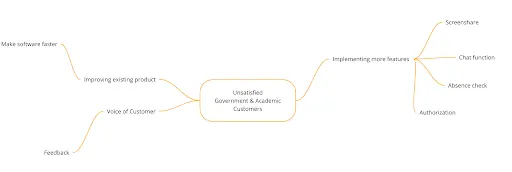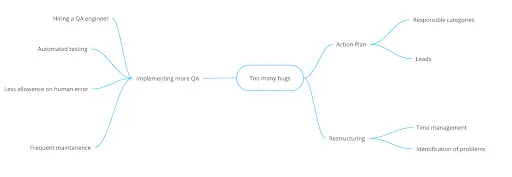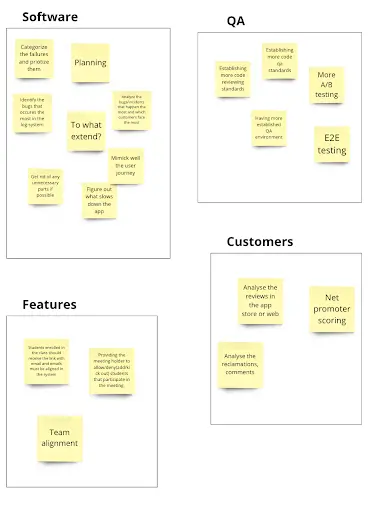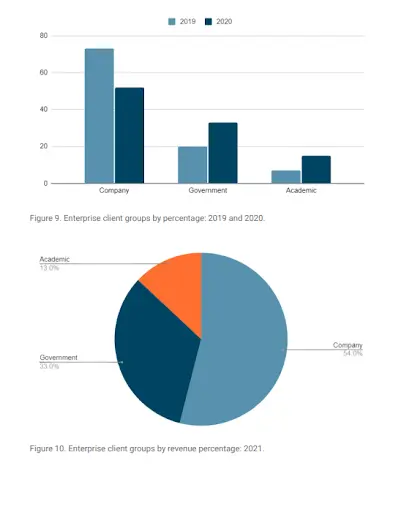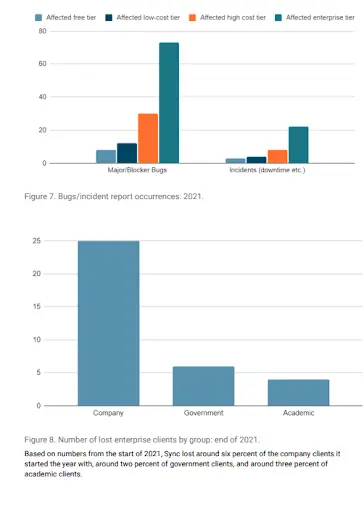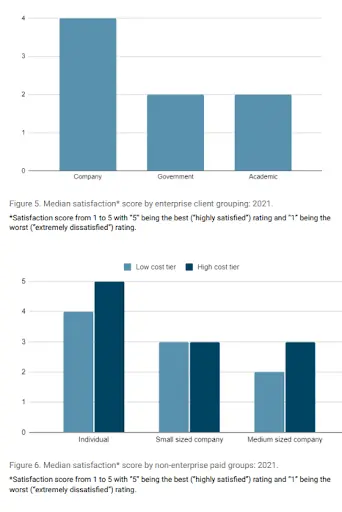
Alihan Yoruk's Product Management Portfolio Project

During the Product Management Program at CareerFoundry, you’ll build out a job-ready project for your portfolio. Recent graduate Alihan focused his project on a video conferencing tool called Sync. Read on to see a selection of his work!
You can use this clickable menu to skip ahead to any section:
Talking about his experience studying with CareerFoundry, here’s what Alihan had to share:
What inspired you to make a career change into this field?
I wanted to adopt a more user-centric approach to my work, as well as learn about product development and interdisciplinary roles among cross-functional teams.
What did you enjoy most about the CareerFoundry Product Management Program?
Feedback sessions with my mentor through tasks and calls were great. I enjoyed developing skills from scratch and learning about hypothetical data analysis. I also enjoyed the self-paced learning and reading articles and blogs related to the course and product management.
What did you enjoy about creating your CareerFoundry portfolio project?
I liked the challenge of approaching a problem from various perspectives and getting creative to apply various methods to minimize the risks. It was nice to be encouraged to deliver the tasks with creativity, too. I enjoyed the hands-on experiences of team collaboration and using design software.
With regards to your new career and skills, what are your hopes for the future?
I’d like to land a product management role where I can deliver exciting, customer-oriented products. I hope to be able to make data-driven decisions while learning to trust my gut in order to improve the product. I want to excel in my career in the dynamic and evolving product management world!
User-Centric Product Development Presentation


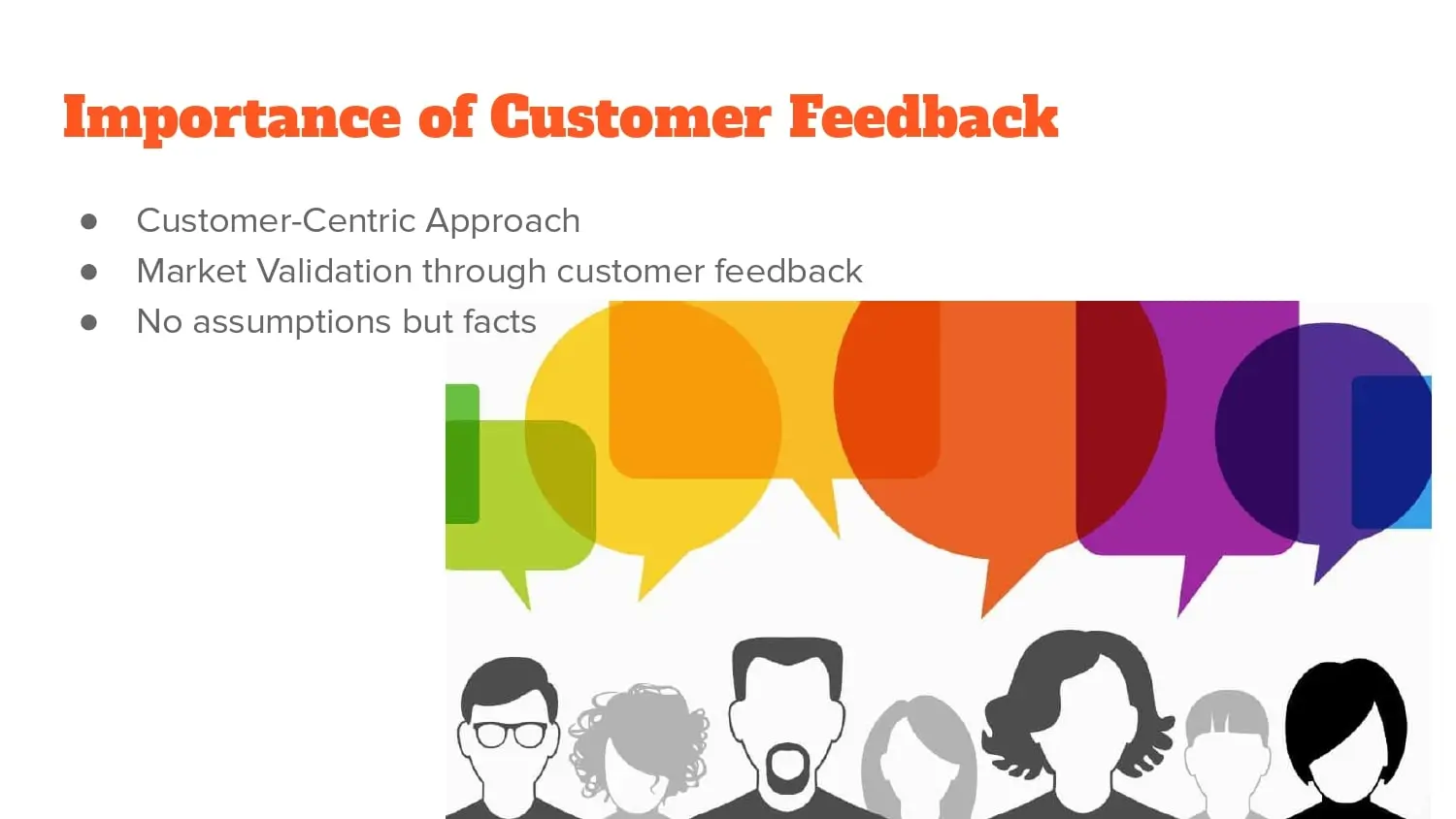

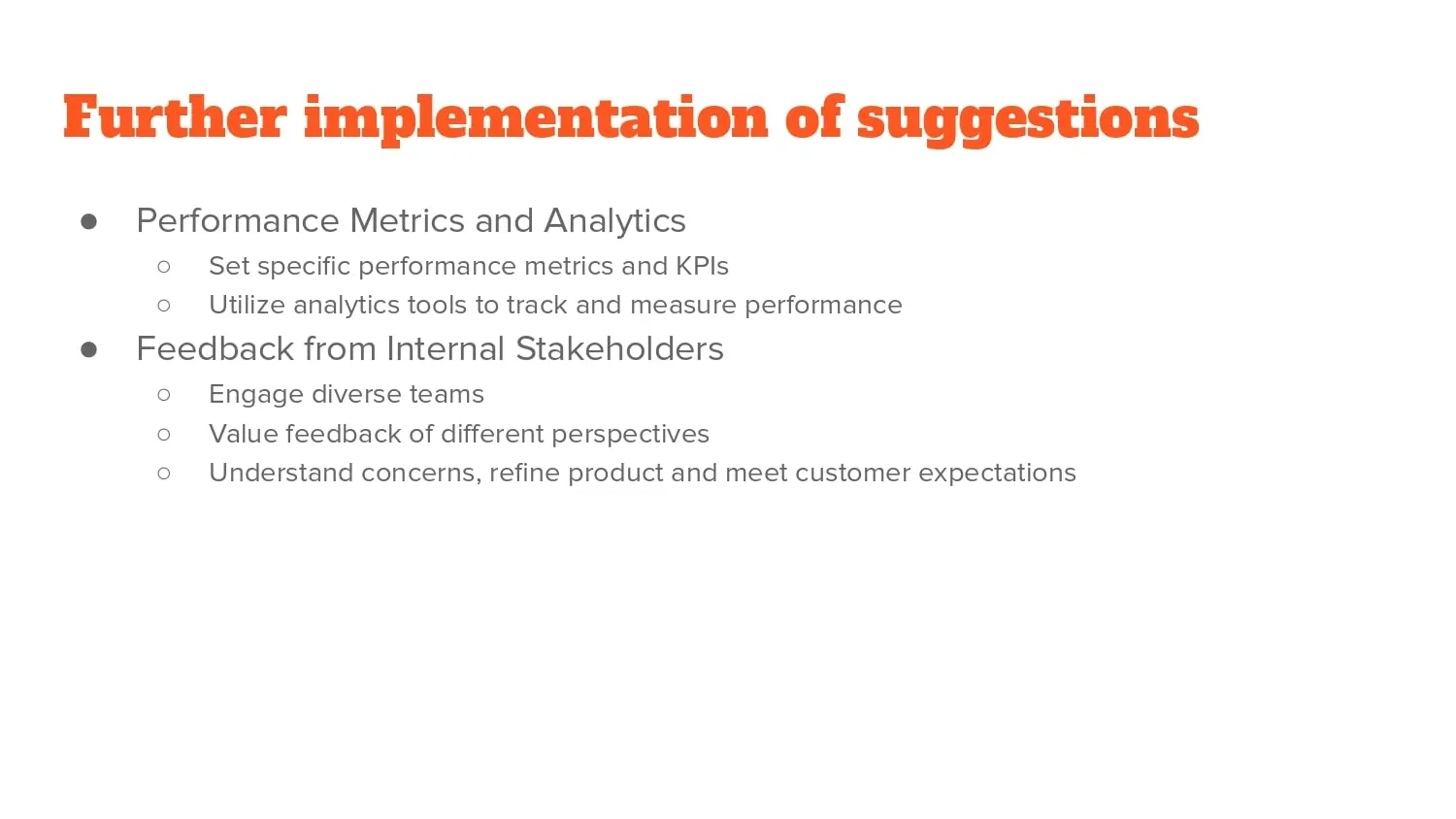
Generating and Prioritizing Ideas
In order to make improvements to Sync, Alihan first used the ‘how might we’ (HMW) framework to address previously identified problems with the software. He then ran a brainstorming session to generate ideas to fix these problems. Finally, he followed a prioritization method called RICE (reach, impact, confidence, and effort) to rank the ideas from highest priority to lowest.
How Might We
The insights (painpoints) generated from previously collected data to take forward as ideation topics are as follows:
- Unsatisfied government and academic customers
- Too many bugs
Unsatisfied government and academic customers
There are plenty of unsatisfied government and academic customers. Participants cannot share screens or documents over the chat, so instead, they send emails to each other of the related documents. Eventually, these customers will search for alternative services to Sync that meet their needs better. Thus, the application of new features that the government and academic customers need within their video conferencing software will have a high impact on the continuity of revenue generation at Sync.
How Might We (HMW) questions:
- How might we improve our services to increase the overall satisfaction of both government and academic customers at the same time?
- How might we improve the overall satisfaction of academic customers?
- How might we improve the overall satisfaction of government customers?
- How might we make the software faster?
- How might we understand the voice of the customer? How might we hear more feedback?
- How might we implement the requested features (authorization, chat function etc.)?
Too many bugs
This insight/painpoint will have the highest impact when resolved. It also requires the most effort at an organization-wide level. However, the positive impact of solving these bugs will improve the overall satisfaction of the high-cost tier customers who generate the majority of revenue at Sync.
How Might We (HMW) questions:
- How might we avoid bugs?
- How might we come up with an action plan to see who can lead the categories of bugs?
- How might we restructure the software?
- How might we identify problems?
- How might we implement more QA?
- How might we automate tests?
- How might we maintain more frequently?
Ideation
The chosen method for generating new ideas to solve the two painpoints was brainstorming.
Too many bugs
- How might we restructure the software?
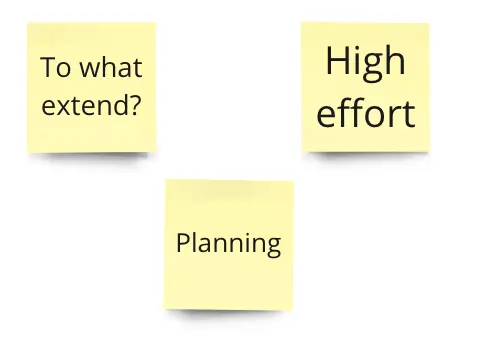
2. How might we identify problems?
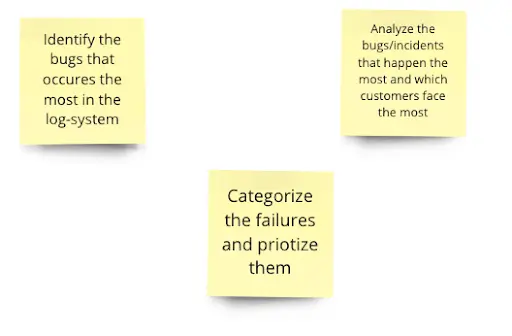
3. How might we implement more QA (quality assurance)?
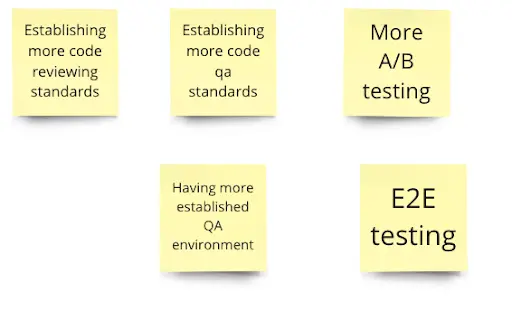
Unsatisfied government and academic customers
- How might we make the software faster?

2. How might we understand the voice of the customer? How might we hear more feedback?
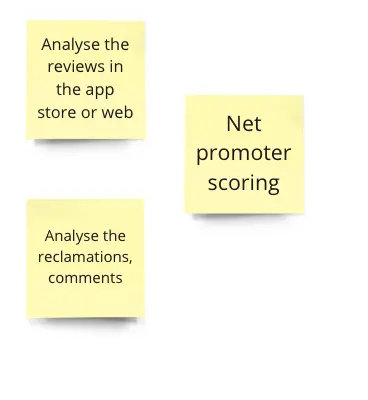
3. How might we implement requested features (authorization, chat function etc.)?
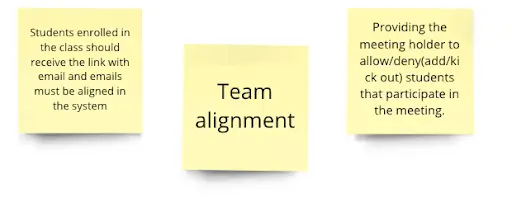
The ideas were then grouped/combined following the brainstorming session:
Learnings
The brainstorming session was effective, but it could be improved by including more people who have a better understanding of software product development. I conducted the session with friends and family who do not have much experience or perspective on software as they come from finance, supply chain management, or other unrelated backgrounds. Next time, I would next increase the number of people to at least four and keep the session around 10 minutes.
Prioritization
As the product manager of Sync, I would like to proceed with the RICE prioritization method. I came up with this decision for multiple reasons:
- As the product manager, I have data that could define the variables of the RICE methodology, which could give me more insights than my teammates voting based on their personal reasoning
- The Sync product is already in the market, so the confidence level of the application of RICE is high
- Personal improvement reasons. I would like to gain experience applying the RICE methodology to develop my skillset as a product manager
Software improvements
Reach: 850 customers
The calculation of 850 customers is determined from previously collected data.
Impact: 1
This is a medium impact as I am not sure what could be implemented during the 25 weeks of the application process.
Confidence: 50%
Things may go wrong along the way. It is a risky path as it is going to take a while with high effort. It is going to have an impact, but it is not easily measurable from the customers’ point of view.
Effort: 25 weeks
Effort is high because there is only the CTO and a Junior Developer to restructure all the software. It means constant work and a lot of testing. They won’t be working on restructuring with 100% capacity.
RICE SCORE: 17
QA – Quality assurance
Reach: 850 customers
All tiers. Properly established testing will ensure a positive impact on the usage of the software by the customers.
Impact: 2
High impact. The customers will face fewer bugs and incidents as these problems will be caught during automated, end-to-end testing. A decrease in the tickets created for incidents and bugs is expected.
Confidence: 75%
We currently have no QA process implementated at Sync and it is a necessary filtration to identify and avoid bugs. This application will turn around the satisfaction.
Effort: 15 weeks
The effort is more than 3 months because of the automated testing and end-to-end testing setup. RICE does not consider cost as a parameter but Sync might need to hire a QA engineer to lead this task.
RICE SCORE: 85
Customer feedback
Reach: 346 customers
The dissatisfaction comes from government and academic customers (433). It is considered that 80% of these customers will be reached.
Impact: 0.5
This matter is about listening to and understanding the customer. It does not have a direct impact on the business unless this customer feedback is actualized, therefore it is low impact.
Confidence: 100%
Because the competition in the software market is immense, those who apply what customers want and need will win over the competition.
Effort: 4 weeks
Developing a process to automate and receive feedback from the customers is not going to take so long. With 4 weeks of work by Yi and Anrea, we can deliver a process to hear what customers think over time.
RICE SCORE: 43,25
New product features
Reach: 850 customers
The application of new features will impact each and every high-tier customer. Any feature added to the software brings value to Sync as it intangibly increases the satisfaction over the usage of features during the meetings.
Impact: 2
High impact because it is expected to see quick/good responses from the customers.
Confidence: 100%
We are confident that the customers need these features from their feedback and comments.
Effort: 12 weeks
A quarter is considered to apply at least 2 features.
RICE SCORE: 142
Final Table and Thoughts
- New product features: 142 points
- Quality assurance: 85 points
- Customer feedback: 43,25 points
- Software improvements: 17 points
We learned that some tasks will require a lot of time and effort, and the voice of the customer is important. The RICE methodology basically represented once again what the data in the project brief pointed out: working on the painpoints coming from the customer feedback.
As the product manager of Sync, I have performed the RICE methodology alone, however I would like to align the whole process with the management and development teams. I made the effort calculations by estimation and would need to align with Yin and Fiona for their input. The development and management teams might be consulted to understand the workload and capacity.
Data used for the task
Other Portfolios
Irena Medlin’s Product Management Portfolio Project
Irena Medlin
Garima's Intro to Product Management Portfolio Project
Garima Nahar
Emily Rufca's Intro to Product Management Portfolio Project
